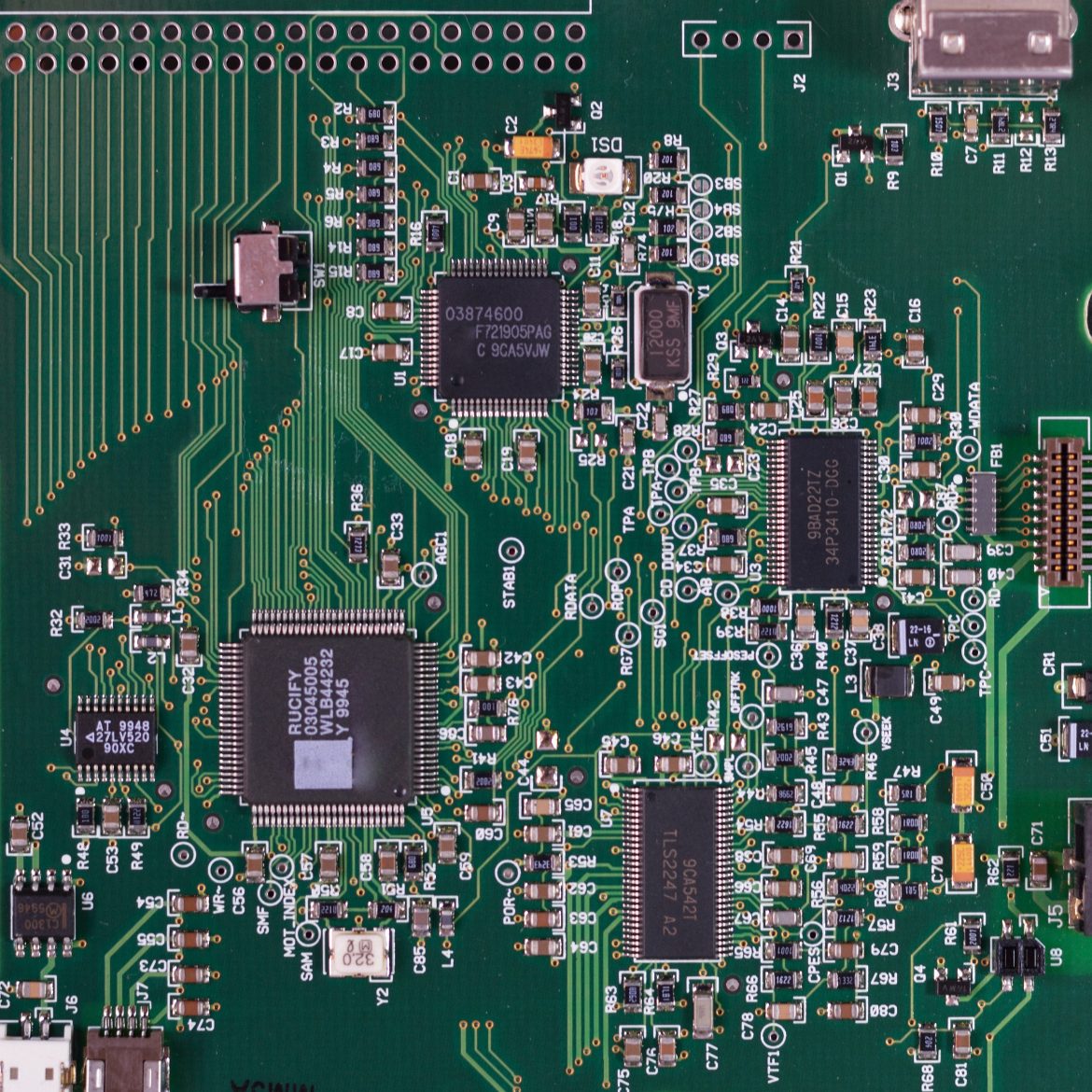In 1965, Gordon Moore1 established empirical dependence. Every year the number of transistors2 doubles on new models of integrated circuits (IC). His observation indicated that the growth in computing power is exponential. However, in 1975, Moore amended his law and replaced 12 months with 24 in formulation. In 1998, Eugene Meyeran3 announced Moore’s second law. According to this, the growth of factories for the production of microcircuits increases exponentially with the complexity of the technology.
In 2003, Moore admitted that exponential growth was not possible in the future due to technological constraints. In 2007, he announced that the law would end soon. The number of transistors on an IC is mainly changed by decreasing their size. However, the reduction of the classical transistor leads to undesirable effects that are caused by the dimensional limits. In addition, the IC manufacturing technology also has its limitations. Device designs have to be constantly improved or breakthrough technologies have to be offered. Scientists and engineers are working on the creation of new designs, but the limit of semiconductor technology will be reached. Fundamentally new approaches are needed. For example, spin transistors are investigated, where the principle of operation is shifted from an electron charge to magnetic moment.
One of the main conclusion from this law is with an increase in processor power, the cost of computing equipment falls. Over the past 50 years, the cost of manufacturing a transistor has dropped thousands of times. Computers are now available in every home. Hence our time is called the digital era. We cannot imagine modern business without software for automating business processes. And all traditional marketing has been replaced with digital. AI, big date, remote work, all of this appeared only thanks to the development of electronics.
Moore himself refuted the work of his law in the future. Does this mean that we have reached the limit? There are many development options. For example, new materials (2D) are being actively studied by researchers around the world. Two-dimensional materials are not much more than 10 years old, and there are already a large number of solutions for electronic components based on this. New technologies and new fundamental principles of work will help to overcome this limit for sure.
1Gordon Moore is one of the founders of Intel.
2The transistor is the main component of any electronic device. It is used for generating, switching and converting signals. Most often the transistor is made from semiconductors (semiconductor technology).
3Eugene Meieran is Intel engineer.
by Maria Baranova

